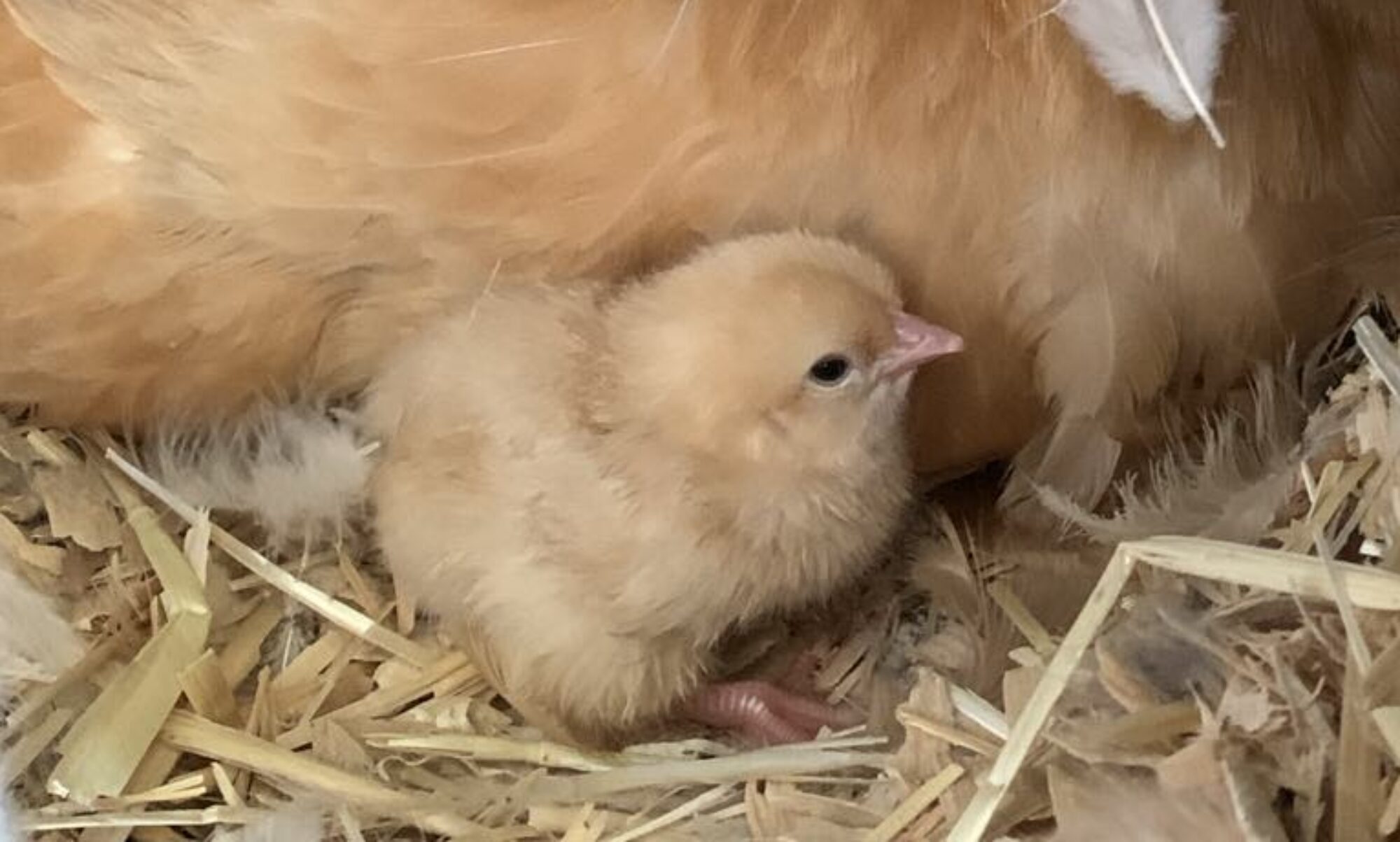I started my hobby farming with chickens. There is no better way to start your journey with hobby farming and healthy living than with chickens! Chickens are animated and fun to watch. They can be very pretty, when not molting, they are not difficult to keep, AND they give back. That incredible edible egg! Just look at the size of the egg I got this last summer! Yes, it was a double yolker! I was hoping for three yolks, but it was not to be.

It is almost fall now in Utah. The leaves are turning beautiful colors and the air smells clean and fresh. There is a bit of briskness in the morning and a slight chill after the sun sets. The tomatoes are ripe! I’ve been busy harvesting, processing and storing (my favorite) stewed tomatoes! A definite sign that fall is approaching are chickens losing their feathers! Towards the end of summer or early fall, chickens go through a process called molting. They lose feathers so that they can grow new ones in preparation for winter. ‘Refresh their plumage’ so to speak. ‘Putting on their new winter coat’. Besides all the loose feathers floating around and goofy looking chickens, you might notice a decrease in your chickens egg laying. Some chickens will stop laying all together as they go through a molt, and a molt generally lasts 8 to 12 weeks.
Feathers are made up of keratin which is a very strong, lightweight, fibrous protein. This makes it easier to understand why the dietary focus for chickens, especially laying hens, needs to switch from calcium to protein during a molt. This year I switched my chickens at the first sign of molting from a layer crumble to a meat-bird crumble. It contains 22% protein compared to the 16% protein in most layer feeds. I supplement with calcium which I will talk about in another post. I have noticed that over the last month, since my chickens have been on this new feed, that their molt seems to be a little softer, not a massive feather loss all at once, and egg production has not dropped off significantly. My chickens appear to be happy and healthy and laying! And that’s what I’m looking for.

A bonus with this meat-bird feed is that it does not contain calcium and is therefore good for other feathered members of my flock: young birds, roosters, ducks and geese.

I know that many of you have experienced a molt. I hope that it hasn’t taken you as long to figure out a workable solution as it took me! What tips and tricks do you have for getting your chickens through a molt?

